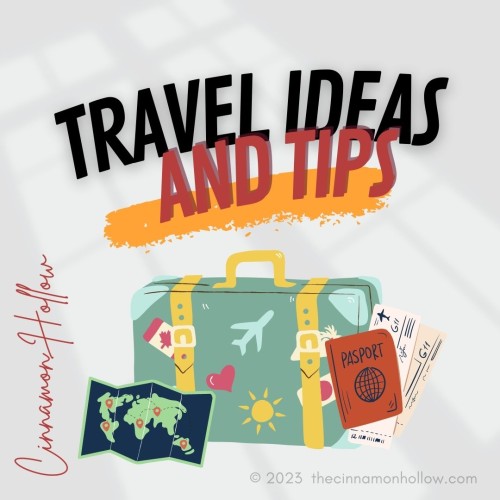Driver fatigue is a common yet dangerous issue that affects many individuals during long road trips. Fatigue impairs reaction time, decision-making abilities, and overall cognitive function, significantly increasing the risk of accidents. Fortunately, there are several strategies drivers can employ to prevent fatigue and ensure a safe journey. In this blog post, we’ll explore effective methods for preventing driver fatigue on road trips, promoting safety and well-being behind the wheel.
Recognizing the Signs of Driver Fatigue
Before discussing prevention strategies, it’s essential to recognize the signs of driver fatigue. Symptoms may include yawning, heavy eyelids, difficulty focusing, drifting out of lanes, or missing road signs. If you experience any of these signs, it’s crucial to take immediate action to prevent the onset of fatigue-related accidents.
Get Adequate Rest Before the Trip
One of the most effective ways to prevent driver fatigue is to ensure you are well-rested before embarking on a road trip. Aim for a full night’s sleep (7-9 hours) before the journey to reduce the likelihood of fatigue setting in while driving. Avoid starting a road trip if you are already feeling tired or sleep-deprived, as this increases the risk of fatigue-related accidents.
Take Regular Breaks
Frequent breaks are essential for combating driver fatigue on long road trips. Plan to take breaks every 2 hours or 100 miles to stretch your legs, get some fresh air, and re-energize. During breaks, take the opportunity to hydrate, snack on nutritious foods, and engage in light physical activity to boost circulation and alertness.
Use the Buddy System
Driving with a companion can help prevent fatigue by providing conversation, engagement, and shared responsibility for navigation. Rotate driving duties with your companion to ensure both drivers have an opportunity to rest and recharge. Having someone to talk to can also help keep you mentally alert and focused on the road.
Avoid Driving During High-Risk Times
Driver fatigue is more likely to occur during certain times of the day, such as late at night or early in the morning when your body’s natural circadian rhythms signal sleepiness. Whenever possible, avoid driving during these high-risk times and schedule your road trip during daylight hours when you are typically more alert and awake.
Stay Hydrated and Nourished
Dehydration and poor nutrition can exacerbate feelings of fatigue and lethargy while driving. Stay hydrated by drinking plenty of water throughout your journey, and avoid consuming excessive caffeine or sugary beverages, which can lead to energy crashes. Pack healthy snacks such as fruits, nuts, and granola bars to maintain energy levels and prevent hunger-induced fatigue.
Use In-Vehicle Technologies
Many modern vehicles are equipped with advanced safety features designed to prevent accidents caused by driver fatigue. Take advantage of technologies such as lane departure warning systems, adaptive cruise control, and fatigue monitoring systems, which can alert you to signs of drowsiness and help prevent accidents before they occur.
Plan Your Route Wisely
Before setting out on a road trip, plan your route carefully to avoid driving for extended periods without breaks or rest stops. Choose routes that offer amenities such as rest areas, gas stations, and restaurants where you can take breaks and refuel as needed. Consider breaking up long drives into shorter, more manageable segments to reduce the risk of fatigue.
By recognizing the signs of fatigue, getting adequate rest before the trip, taking regular breaks, using the buddy system, avoiding high-risk driving times, staying hydrated and nourished, utilizing in-vehicle technologies, and planning your route wisely, you can minimize the risk of fatigue-related accidents and arrive at your destination safely. If you are involved in an accident, please speak with an experienced car accident lawyer in San Antonio for legal guidance and support. Remember, prioritizing safety and well-being behind the wheel is paramount for a successful road trip.
Check out our Travel Adventure videos below!








